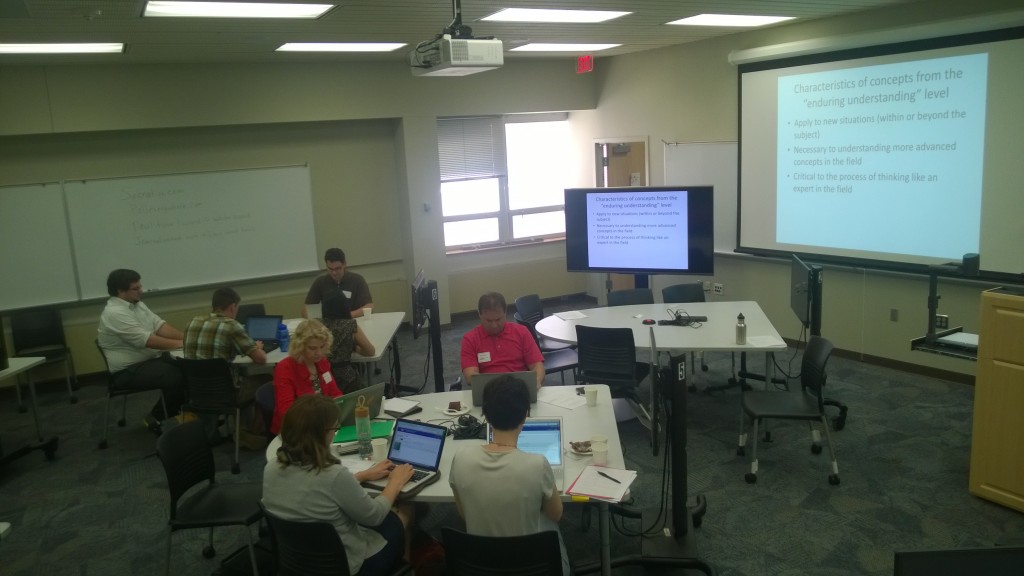You have the world in your pocket. Now what?
You have the world in your pocket. Now what?
Thoughts from two speakers I’ve listened to in the last week have been bouncing around my brain.
Thoughts from two speakers I’ve listened to in the last week have been bouncing around my brain.
By Doug Ward
Angelique Kobler offered an uncomfortable question about education last week.
Kobler, assistant superintendent for teaching and learning at the Lawrence school district, met with the KU Task Force on Course Redesign and explained the steady expansion of blended learning in Lawrence public schools.
Bozenna Pasik-Duncan specializes in a branch of probability theory called stochastic systems, which views problems through a lens of randomness.
She teaches courses in that area, as well as in subjects like applied statistics, linear algebra and optimization theory.

I’m always surprised at the common themes that emerge when faculty members talk about teaching.
Whenever I give workshops about teaching with technology, I try to provide a handout of resources.
This is one I distributed after workshops I led at the Best Practices Institute at CTE last week and at the School of Education. It’s a relatively modest list, but it includes sites for visualizing text; for editing images; for creating maps, charts, infographics; and for combining elements into a multimedia mélange.
Good teaching often starts with a simple greeting to students.
A simple hello will work. A smile helps. So does body language that signals a willingness to work with students. That recognition — both inside and outside the classroom — can go a long way toward engaging students and setting the tone for an assignment, a class or even a college career.
At a meeting of the CTE faculty ambassadors last week, Felix Meschke brought up a challenge almost every instructor faces.
Jon Marcus of the Hechinger Report writes about the overlooked cost of a fifth or sixth year in calculating the cost of a college education. Ninety percent of freshmen begin college thinking they will graduate in four years, though less than half actually do.
Cathy Davidson raises exactly the right question in the debate about whether students should take notes by hand or with laptops in class. The real issue, Davidson writes, is that instructors should be working to avoid lecture and instead engage students in active learning.
There’s no shortage of ideas for remaking higher education.
Consider a few recent ones: